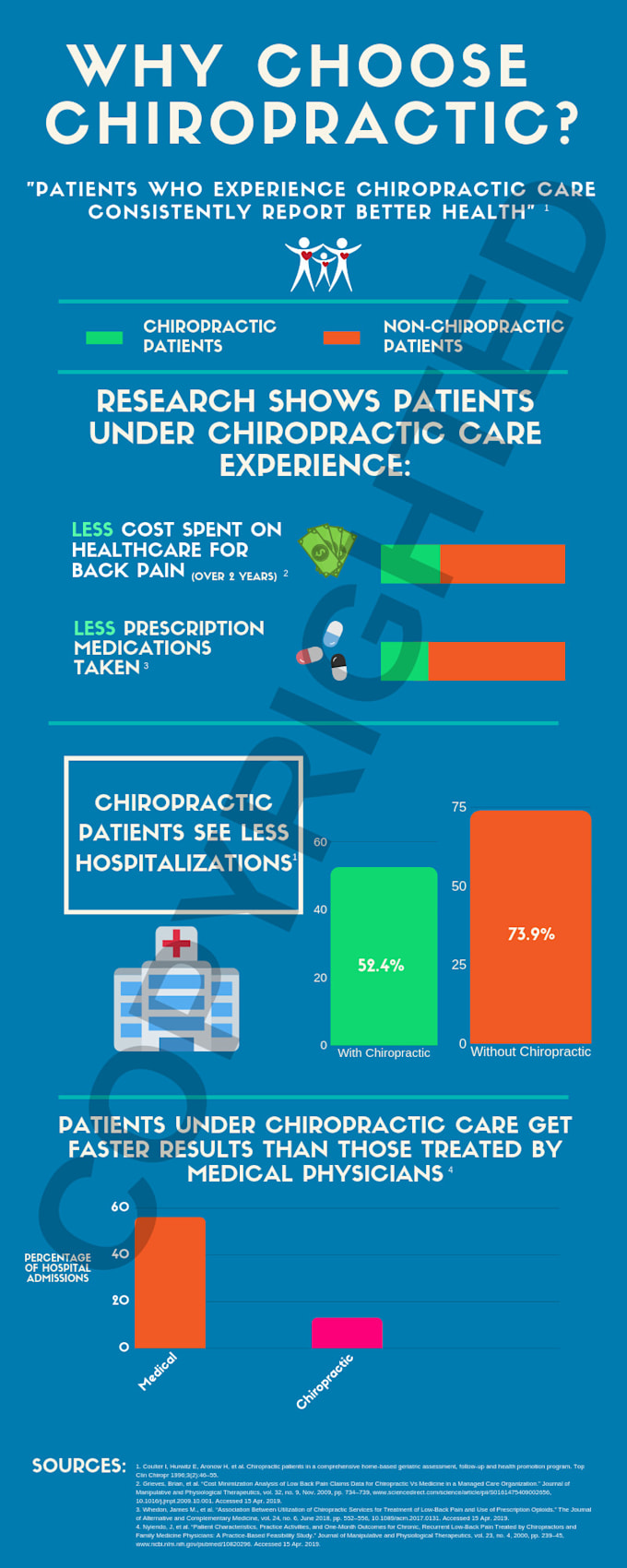Explore The Deeper Ramifications Of Your Pain In The Back And Take Control Of Your Wellness And Wellness
Explore The Deeper Ramifications Of Your Pain In The Back And Take Control Of Your Wellness And Wellness
Blog Article
https://www.burlington-record.com/2021/11/01/contribute-unused-medical-supplies-to-project-c-u-r-e-5/ Develop By-McKay Knudsen
If you're experiencing neck and back pain, your body may be attempting to inform you something greater than simply discomfort. The way your back feels can supply valuable hints regarding your general health. Understanding the certain type of pain you're really feeling and any accompanying signs is key to unraveling the enigma behind your discomfort. Let's explore the typical problems and symptoms associated with different kinds of pain in the back to clarify what your body might be signaling.
Kinds Of Pain In The Back
When it involves back pain, there are various types that you might experience. One common kind is muscle mass pain, frequently triggered by overuse, strain, or injury to the muscles and ligaments supporting the spinal column. This kind of pain can vary from light discomfort to serious and debilitating discomfort.
An additional kind is nerve discomfort, which can arise from problems like herniated discs or sciatic nerve pain. Nerve pain typically offers as a sharp, shooting feeling that radiates down the leg.
Joint pain in the back can come from issues like joint inflammation or sacroiliac joint dysfunction. This type of pain is typically felt in the lower back and can be worsened by specific movements.
In addition, neck and back pain can be connected to structural troubles such as back constriction or vertebral cracks. Recognizing the sort of pain in the back you're experiencing is critical in establishing the appropriate therapy and management strategies.
Common Symptoms to Watch For
Moving past the various types of pain in the back, it is very important to recognize the typical signs and symptoms that can signal underlying concerns.
Consistent back pain that intensifies with activity or at night can suggest a much more severe trouble. Feeling numb or tingling in the legs or feet, especially when accompanied by weak point, may point to a nerve-related concern. If you experience unexpected weight-loss together with neck and back pain, it could be a sign of an extra systemic condition.
Pay attention to any kind of adjustments in bladder or digestive tract function, as this could be linked to spinal cord compression. Fever, chills, or evening sweats together with pain in the back might indicate an infection. Keep an eye out for discomfort that radiates down one or both legs, potentially a sign of sciatic nerve pain.
Health And Wellness Conditions Linked to Pain In The Back
If you suffer from back pain, it's important to understand the prospective health conditions connected to this discomfort. Back pain can be a signs and symptom of various underlying problems, consisting of muscular tissue stress, herniated discs, osteoarthritis, spinal constriction, and even conditions like kidney stones or infections.
https://bestchiropracticclinicnam72727.newbigblog.com/38241601/wanting-to-find-relief-from-neck-and-back-pain-at-the-workplace-discover-sensible-tips-to-browse-your-day-easily-and-increase-performance prevail and often arise from raising heavy objects or unexpected movements.
Herniated discs happen when the soft cells in between vertebrae protrudes, triggering nerve irritability.
Osteoarthritis, a degenerative joint disease, can bring about neck and back pain as cartilage material wears down.
Spine constriction, the constricting of the back canal, can put pressure on nerves.
Kidney rocks might trigger extreme back pain if they relocate right into the urinary system tract.
Infections like back osteomyelitis can also manifest as back pain. Understanding these potential wellness problems can help you seek ideal treatment and administration for your pain in the back.
Conclusion
So, next time your back hurts, focus on the type of discomfort and accompanying signs. Maybe a signal from your body concerning underlying wellness problems like muscular tissue pressure, nerve concerns, joint problems, and even architectural concerns. By identifying these signs, you can take proactive actions to address the origin of your pain in the back and improve your general wellness and health.
